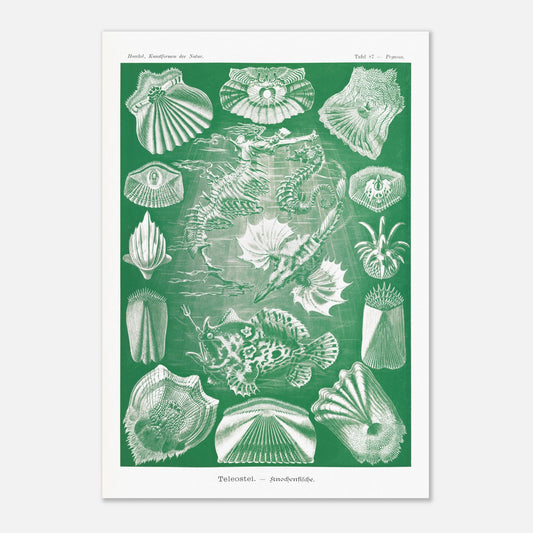Bony Fish - Aesthetic Illustration of the Natural World - Ernst Haeckel, Kunstformen der Natur
Bony Fish - Aesthetic Illustration of the Natural World - Ernst Haeckel, Kunstformen der Natur
Couldn't load pickup availability
Reproduction engraving of: Bony Fish
Original title Teleostei - Knochenfische
Pegasus Poster - Vertebrates of the class Pisces, subclass Teleostei
Illustration from the book Kunstformen der Natur, which is a collection of artistic lithographs of natural sciences published by the German biologist Ernst Haeckel between 1899 and 1904.
This naturalistic illustration is part of an overall style inspired by Ernst Haeckel, which greatly influenced the emerging Art Nouveau movement at the beginning of the 20th century. This work, illustrating the impressive beauty and great diversity of the biological world, was complemented by a certain amount of scientific information, some excerpts of which are reproduced below.
This information is over 120 years old and some of it may be outdated!
Scientific classification:
Vertebrate Phylum (Vertebrata) Main class Gnathostomes (Gnathostoma) Class Pisces Subclass of Bony Fishes (Teleostei)
Scientific notice (extract) accompanying the poster print of Teleostei - Bony Fishes :
The plate shows in the center four different species of bony fish, which are clearly distinguished from ordinary teleosts by their peculiar shapes. This mainly marine group is surrounded by a circle of twelve fish scales, shown slightly enlarged; they illustrate the elegant shape and characteristic structure of these bony skin formations. Fish scales are thin bony plates formed in special folds of the skin, called "scaly integuments," by connective tissue cells. Three different main forms can be distinguished, which are mainly characteristic of the three subclasses of true fish. The cartilaginous fish (Selachii) are the oldest; they include the ancestral forms of the entire class as well as the present-day sharks and rays. Their thick skin is uniformly covered with placoid scales, which resemble in structure the teeth of the oral cavity and are therefore also called "cutaneous teeth." From these ossified papillae of the skin, ganoid scales evolved by increased development of the enamel coating, these are the enamel scales or ganoids of ganoid fish (Ganoides). From these derive the more recent teleosts, which appeared only in the Jurassic, and comprise the vast majority of fish living today. Their bodies are usually covered with thin, transparent scales, called diaphanous scales or diaphanous scales, which also developed from the reduction of enamel scales in some more recent ganoid fish. In addition, there are various families of bony fish where the skin is not covered with ordinary diaphanous scales, but with larger bony plates. This is the case with the boxfish (Ostraciontes, Plate 42) and also with three bony fish in our Plate 87 (Figs. 1, 2, 3). The diaphanous scales of common bony fishes (Fig. 5-16) are usually thin, elongated or nearly quadrangular bony plates, regularly arranged in longitudinal and transverse rows. Their posterior free edges fit together like tiles (in a front-to-back direction), while their basal or anterior part is fixed in the scaly integument of the skin. Most diaphanous scales show a characteristic sculpture on their external surface, a system of radially converging striations (longitudinal ribs) and finer, concentric striations (surribs). The longitudinal striations usually radiate from a centered apex, which is close to the center of the posterior free edge, sometimes located in the middle of the scale (Figs. 2, 3). Two main forms of diaphanous scales are distinguished: ctenoid and cycloid scales. Most of the forms illustrated here are ctenoid scales (Ctenoides); Their posterior free edge is finely serrated or provided with numerous comb-like notches and spiny edges. In contrast, it is smooth and rounded in ordinary cycloid scales (Cycloides). Sometimes the free external surface of the scales is serrated (rasp scales, Sparoides, Fig. 13).
Species present on the naturalist board of Bony Fish - Pegasus :
- Pegasus chiropterus
- Hippocampus antiquorum
- Phyllopteryx eques
- Antennarius tridens
- Chrysophrys aurata
- Pagellus erythrinus
- Box vulgaris
- Anthias sacer
- Apogon imberbis
- Centriscus scolopax
- Hypostomum plecostomum
- Fistularia chinensis
- Solea vulgaris
- Scarus enneacanthus
- Haemulon elegans
- Cantharus vulgaris
About this print
About this print
The layout and composition of this reproduction have been the subject of our greatest attention.
- Respect for the format of the original work: in order to faithfully transcribe the artist's intention, the work is not cropped/re-cut except in extreme cases (obvious imperfection, geometry problem, etc.) in which case the cropping will be as light as possible.
- The presence of white margins is sometimes necessary in order to present the work in a balanced manner.
- Each size offered has been specifically composed, therefore, the size of the white margins may vary from one print size to another. Remember to check this detail carefully!
- Print only, frame not included!
Features
Features
- Premium 200gsm matte white paper, durable and strong.
- Natural, smooth uncoated finish, silky to the touch
- FSC certified paper or equivalent certifications depending on regional availability.
- Each print is shipped in sturdy packaging, ensuring safe transport.
- Each print is printed and shipped on demand. No minimum order quantity is required.
Share !
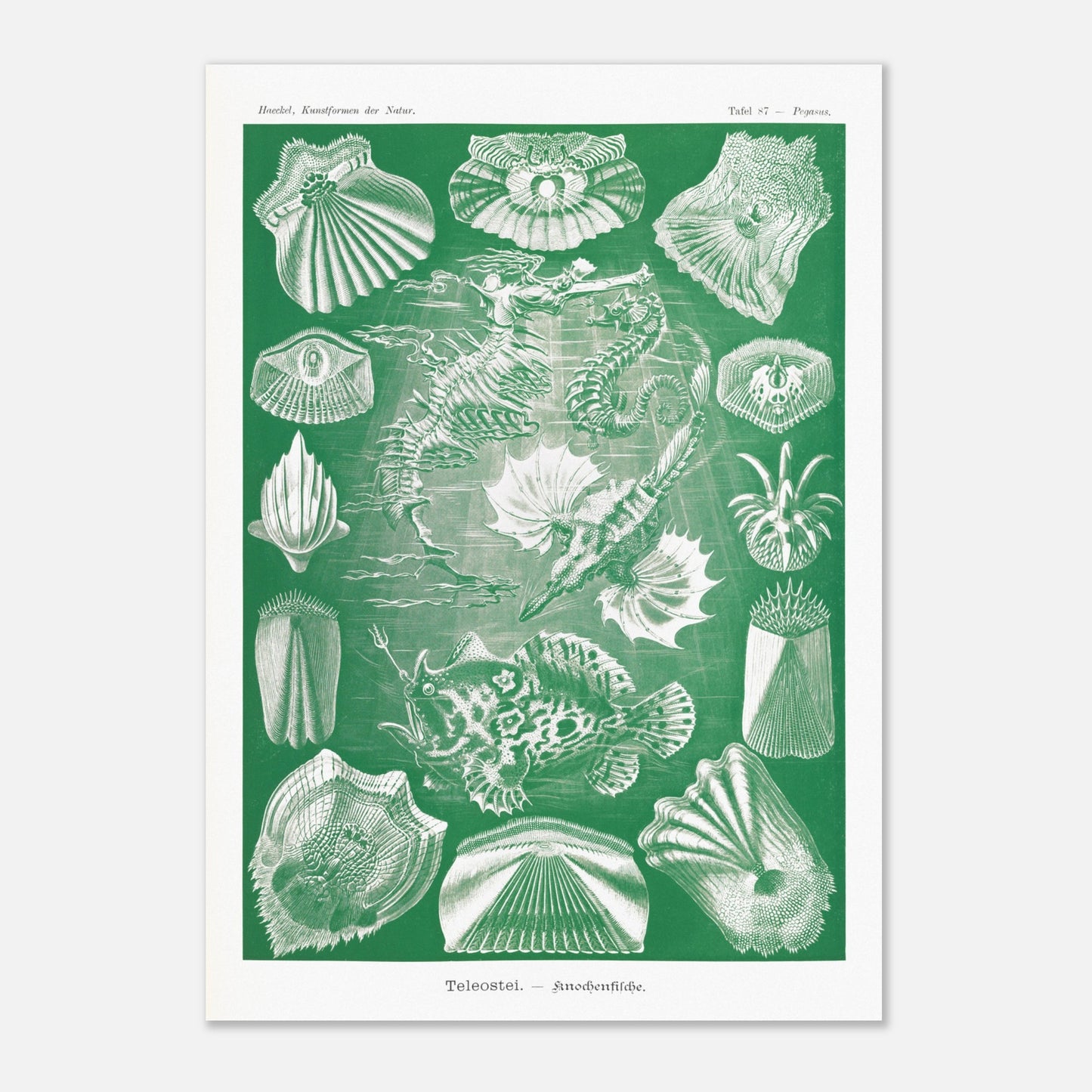
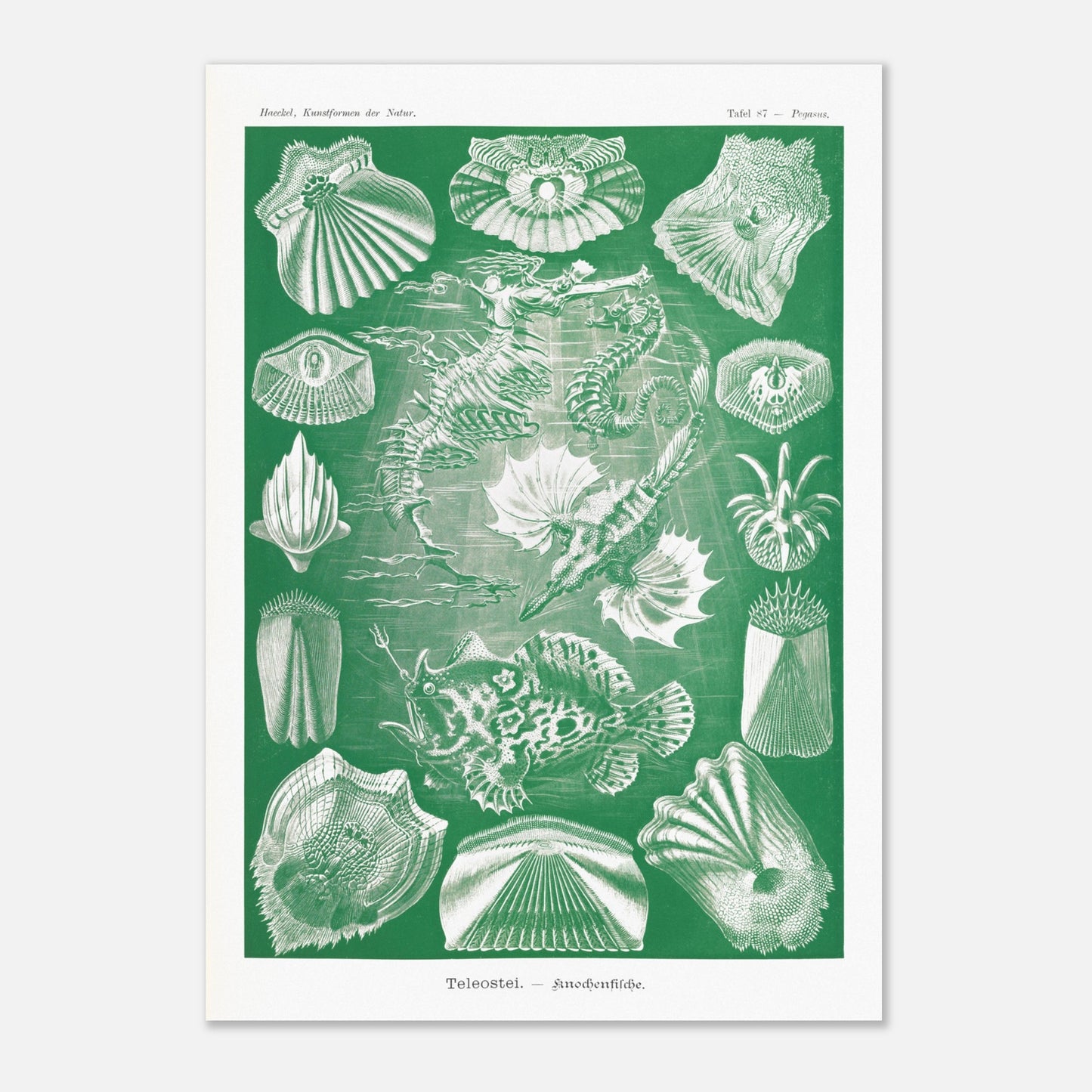
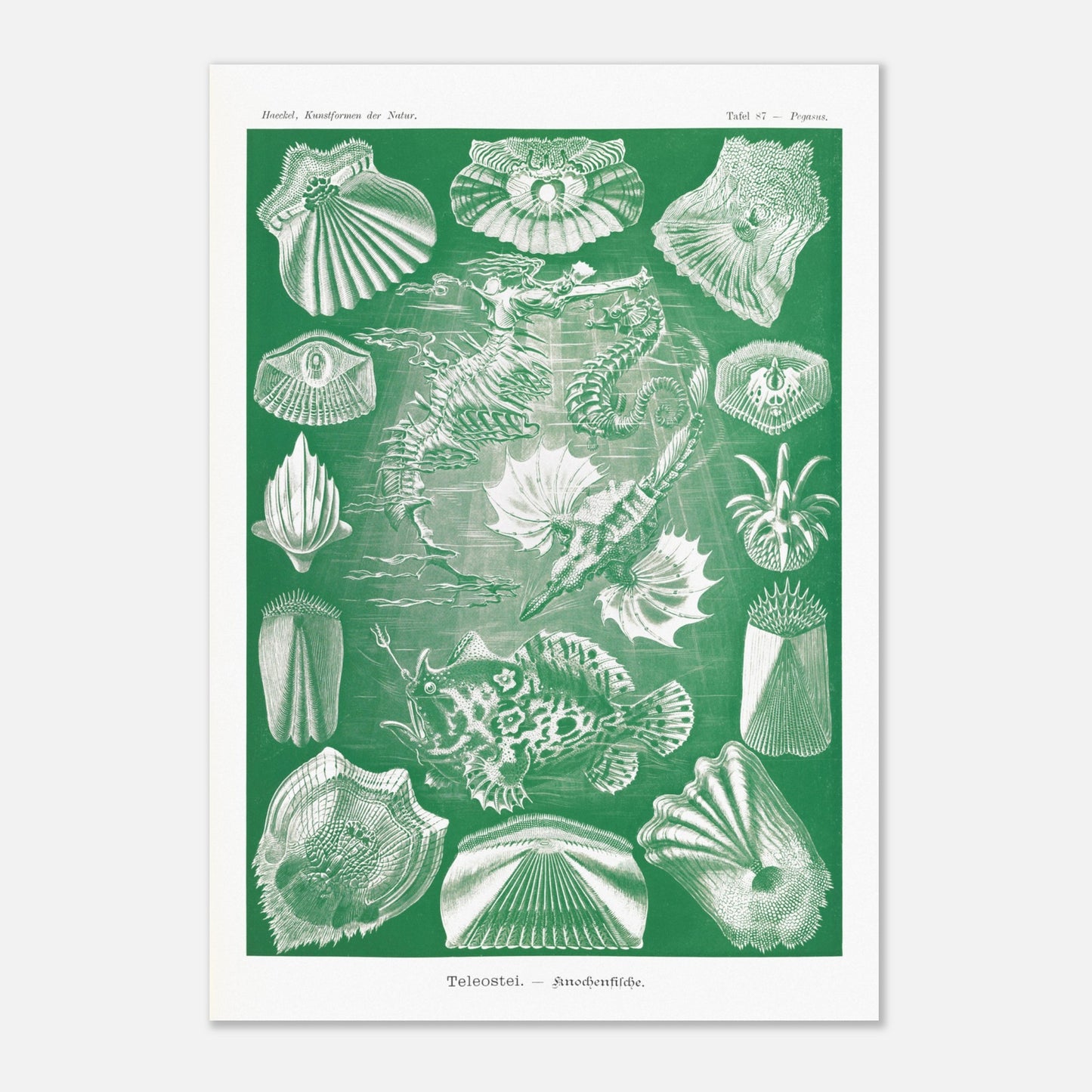
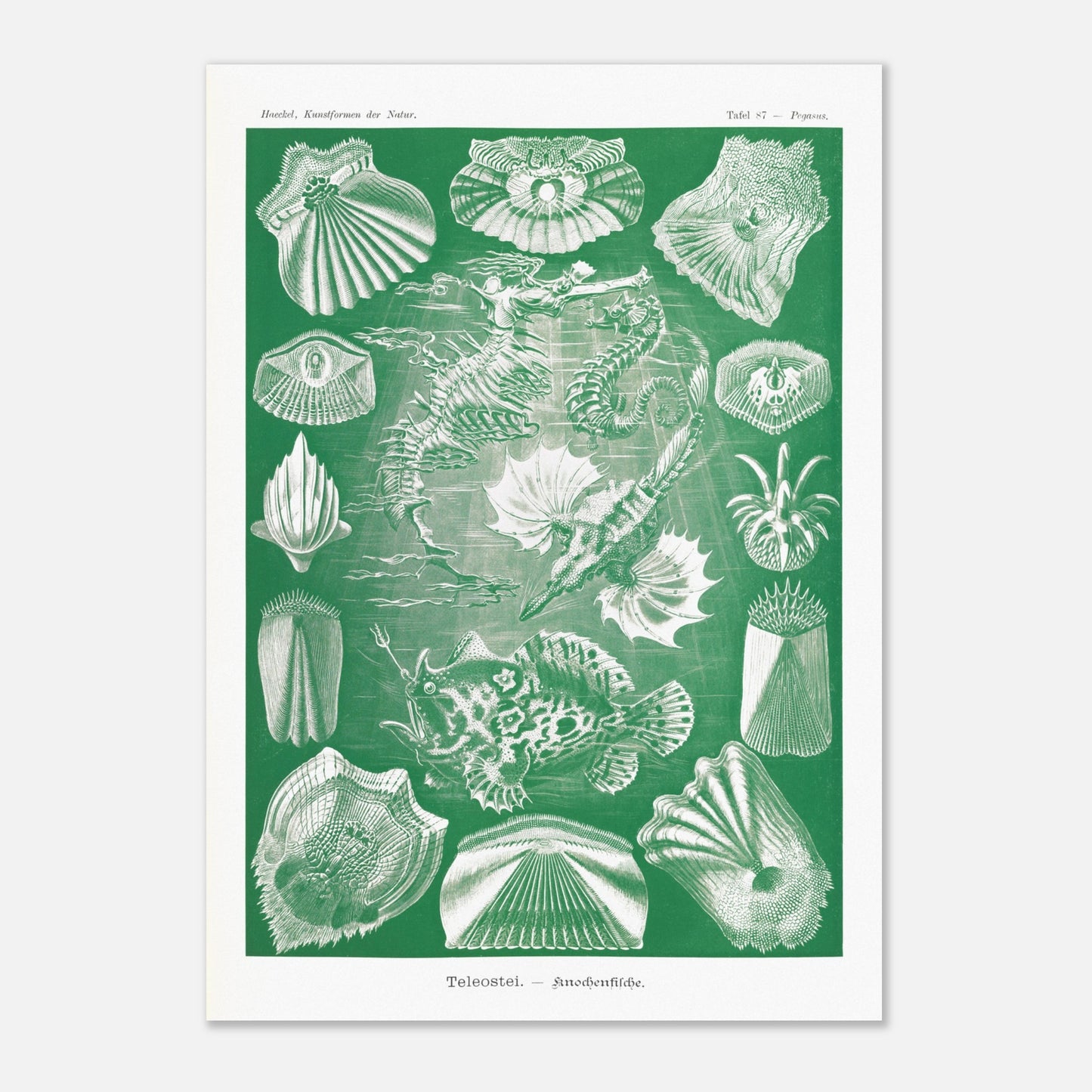
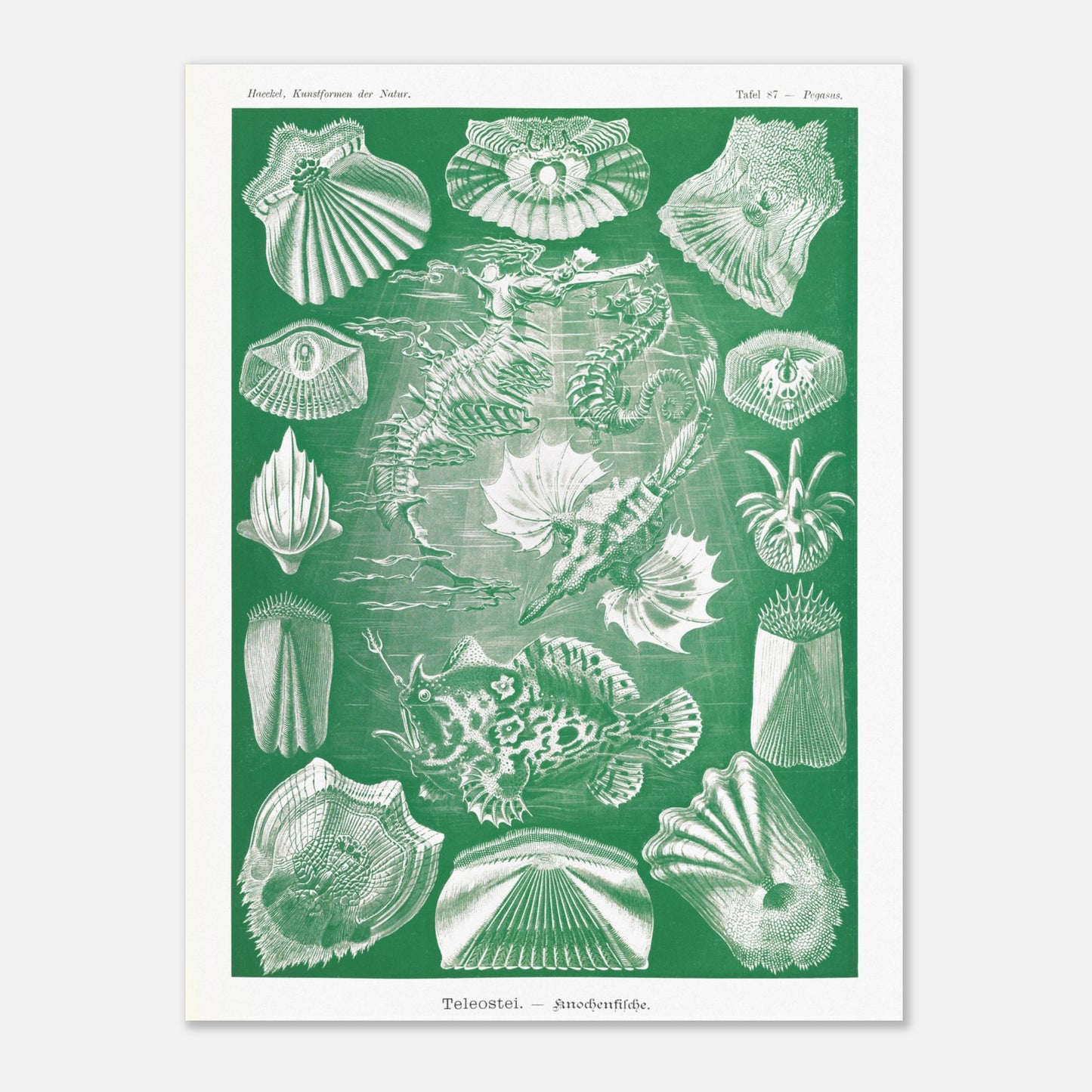
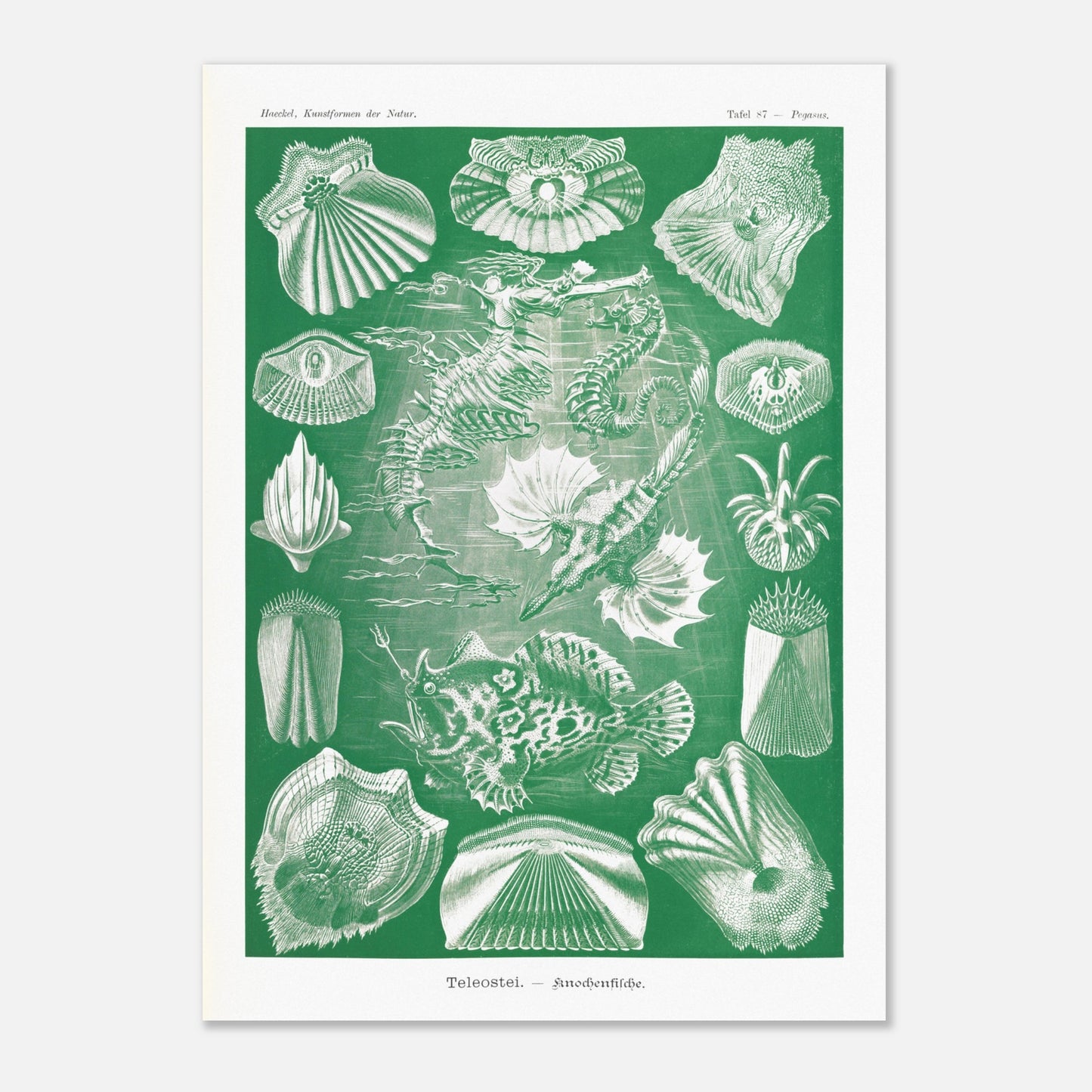
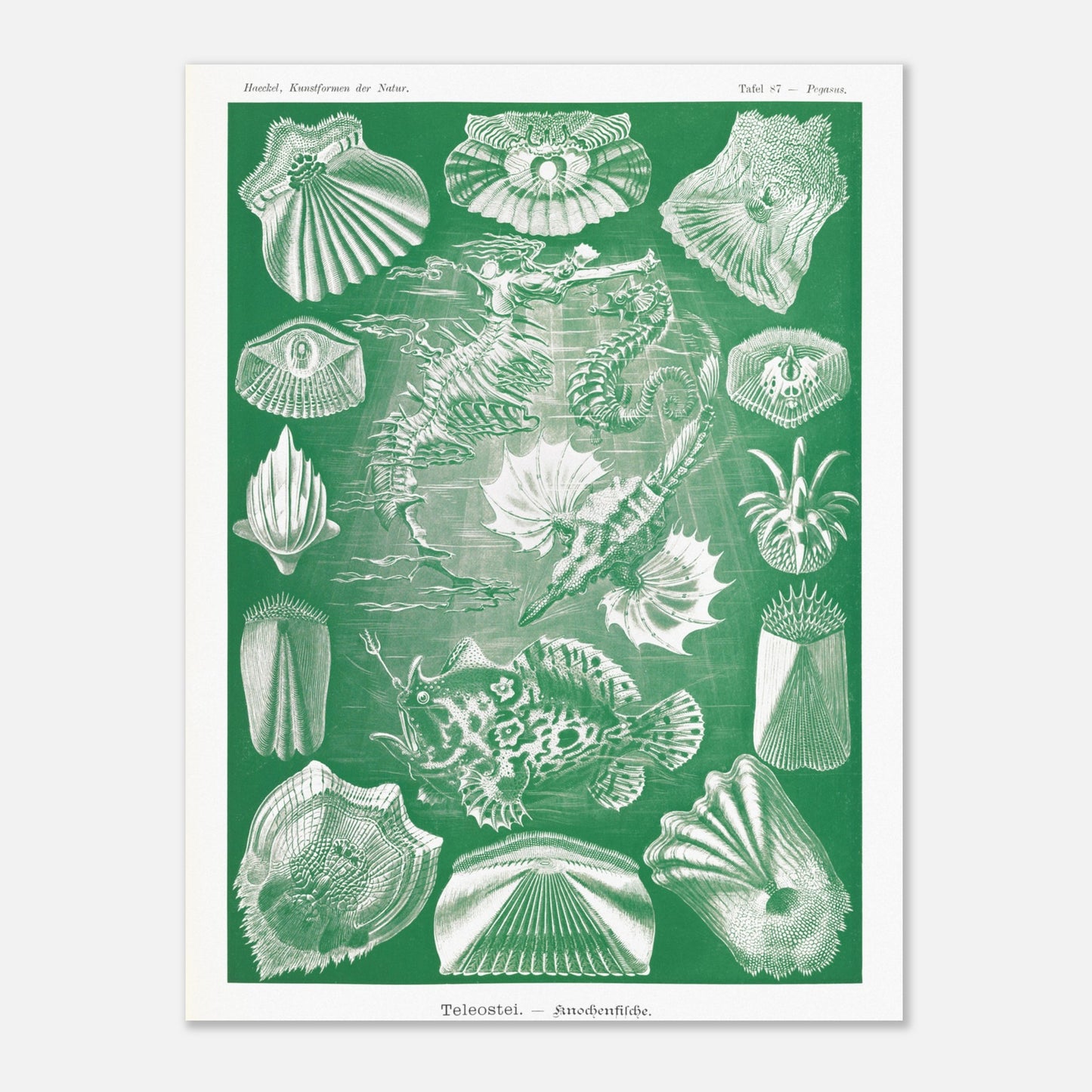
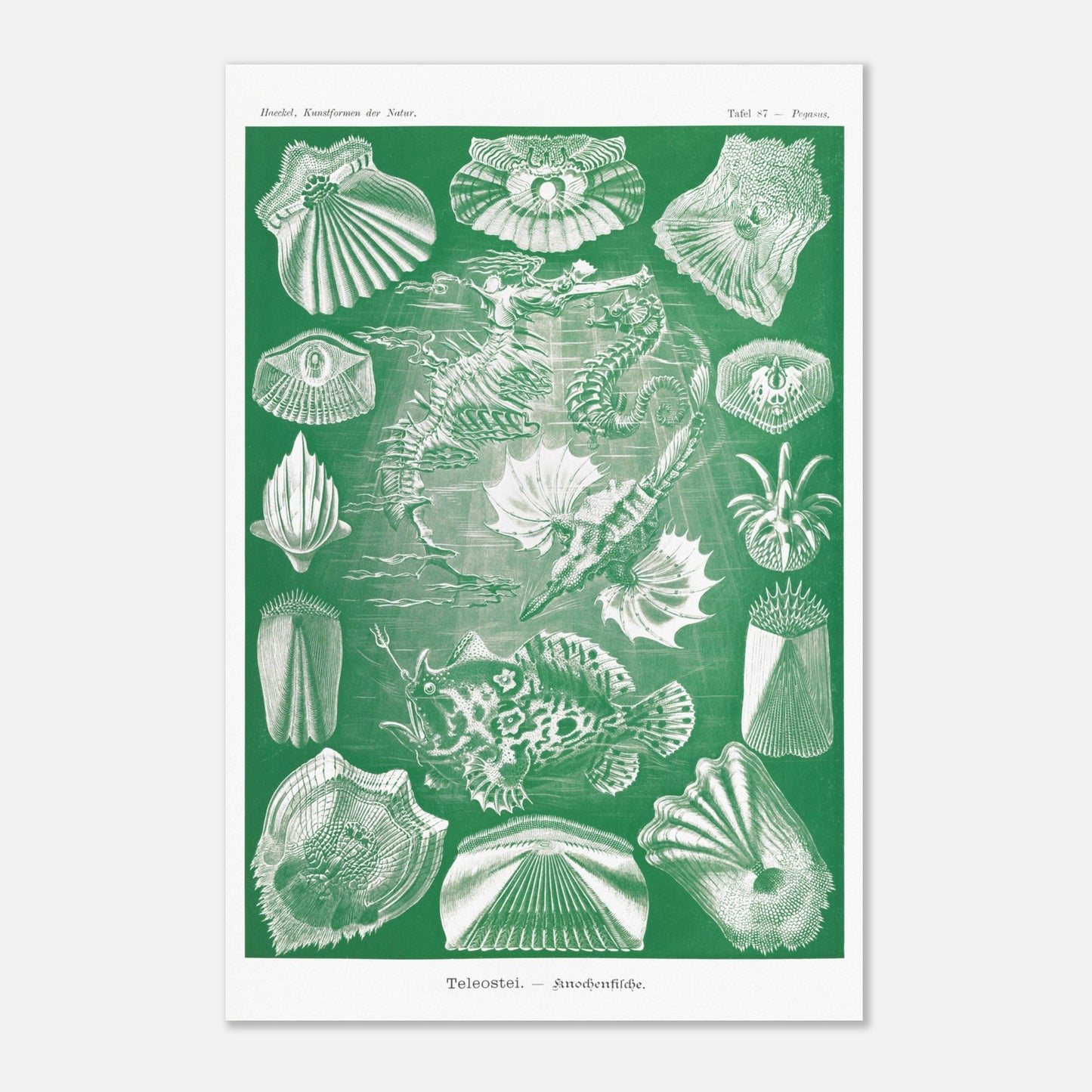
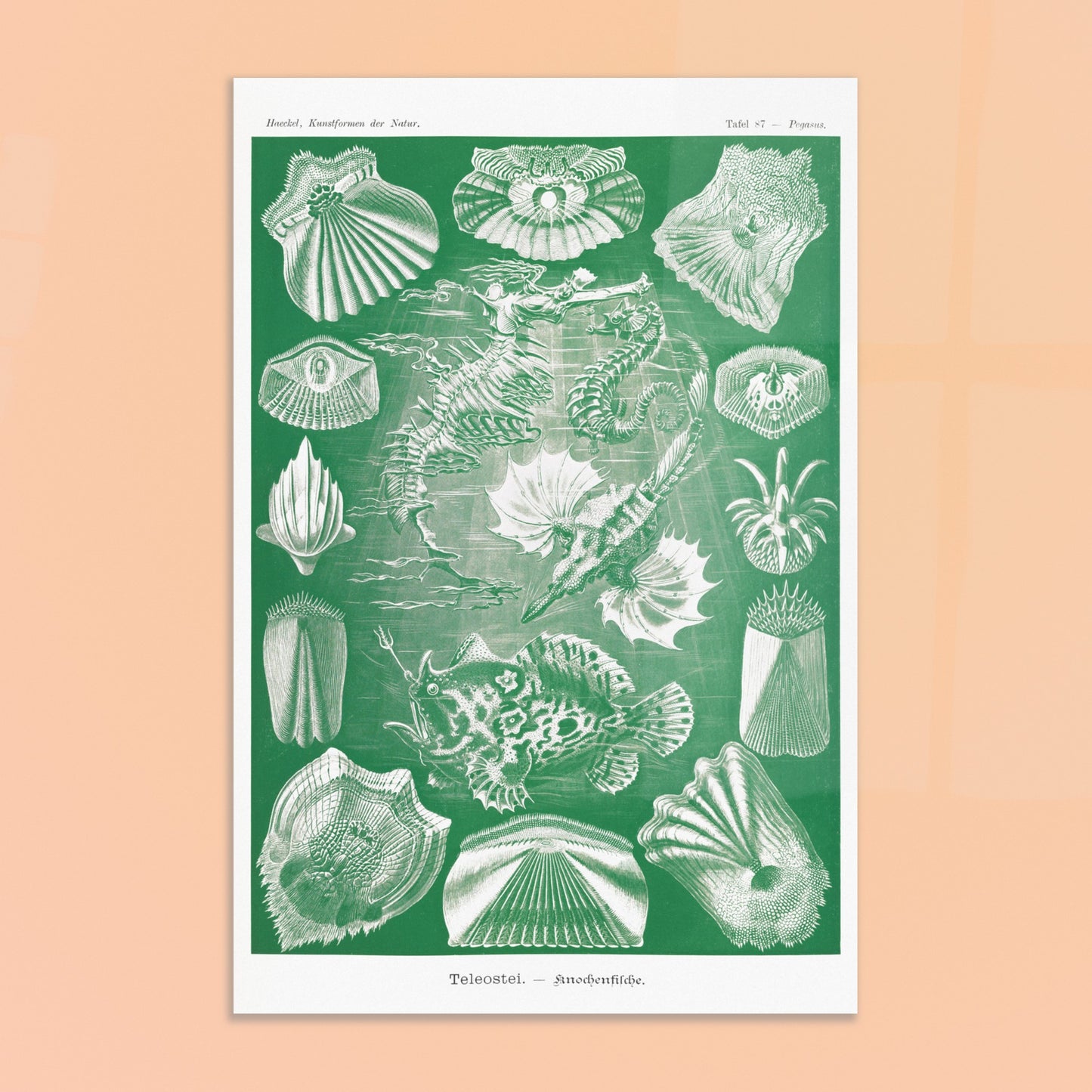
Recently viewed products
We are listening to you
If you are looking for a specific composition, a particular layout, or any other customization need, our team is at your disposal and will do everything possible to meet your requests.
So don't hesitate to...




